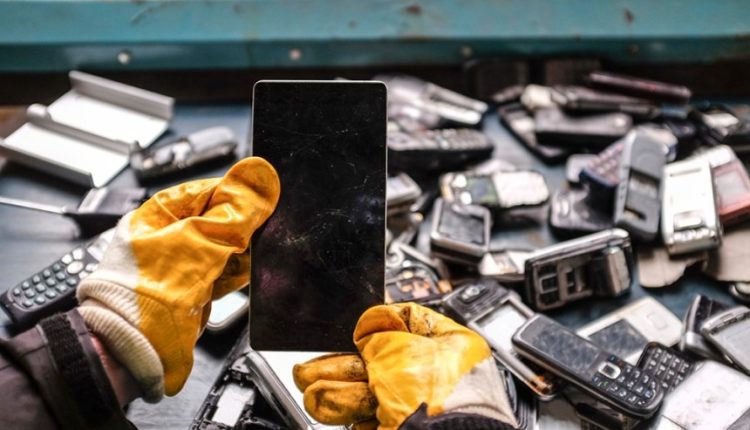In an era defined by technological advancement, mobile devices have become an indispensable part of our daily lives. From smartphones to tablets, these devices have transformed the way we communicate, work, and entertain ourselves. However, the rapid pace of innovation in the electronics industry has given rise to a significant environmental challenge: electronic waste, or e-waste. This article delves into the e-waste crisis, explores its impact on the environment, and outlines the path toward sustainable mobile technologies.
The Escalating E-waste Problem
E-waste by the Numbers
The proliferation of mobile devices has led to a surge in e-waste. According to the Global E-waste Monitor 2020, the world generated approximately 53.6 million metric tons of e-waste in 2019, with mobile phones accounting for a substantial portion of that waste. This figure is projected to grow exponentially in the coming years.
Environmental Consequences
E-waste poses a severe threat to the environment. When improperly disposed of, electronic devices release toxic chemicals into the soil and groundwater, leading to soil contamination and water pollution. Additionally, the manufacturing and disposal of mobile devices contribute to greenhouse gas emissions, exacerbating climate change.
The Need for Sustainable Mobile Technologies
Extended Product Lifecycles
One key strategy in addressing the e-waste crisis is extending the lifespan of mobile devices. Manufacturers can achieve this by designing products with durability in mind, making it easier to repair and upgrade components, and providing software updates to prolong usability.
Responsible Recycling
Proper disposal and recycling of electronic devices are essential. Establishing robust recycling programs and encouraging consumers to recycle their old devices can divert e-waste from landfills. Moreover, recycling can recover valuable materials, reducing the need for raw resource extraction.
Circular Economy Approach
Adopting a circular economy model involves designing mobile devices with a focus on reuse and recycling. Companies can take back old devices, refurbish them, and resell them to reduce waste. This approach also promotes the development of eco-friendly materials and sustainable manufacturing processes.
Industry Initiatives Towards Sustainability
Eco-friendly Materials
Mobile device manufacturers are increasingly using sustainable materials such as recycled plastics and responsibly sourced metals in their products. These materials not only reduce the environmental footprint but also set an example for other industries.
Energy Efficiency
Improving the energy efficiency of mobile devices reduces the carbon footprint associated with their usage. Innovations in battery technology and software optimization contribute to longer battery life and less energy consumption.
Design for Disassembly
Designing mobile devices for easy disassembly simplifies the recycling process. Modular design allows users to replace or upgrade components, reducing the need for complete device replacement.
Consumer Role in Sustainable Mobile Technologies
Informed Purchasing
Consumers can make a significant impact by choosing products from companies committed to sustainability. Look for certifications like Energy Star and EPEAT when purchasing electronic devices.
Responsible Disposal
When it’s time to retire an old mobile device, consumers should responsibly dispose of it through recycling programs or trade-in options offered by manufacturers.
Software Updates
Regularly updating software not only improves device performance but also ensures security and prolongs the life of mobile devices.
Government Regulations and Policies
E-waste Regulations
Many countries have implemented e-waste regulations to manage the disposal and recycling of electronic devices. These regulations encourage manufacturers to take responsibility for their products throughout their lifecycle.
Incentives for Sustainability
Governments can incentivize sustainable practices by offering tax breaks or subsidies to companies that adopt eco-friendly manufacturing processes and promote product longevity.
The Road Ahead
The e-waste crisis is a global challenge that requires collective efforts from individuals, businesses, and governments. By adopting sustainable practices, embracing circular economy principles, and making informed choices, we can pave the way for a future where mobile technologies coexist harmoniously with the environment. It’s time to turn the tide on e-waste and build a more sustainable digital world.



Comments are closed.